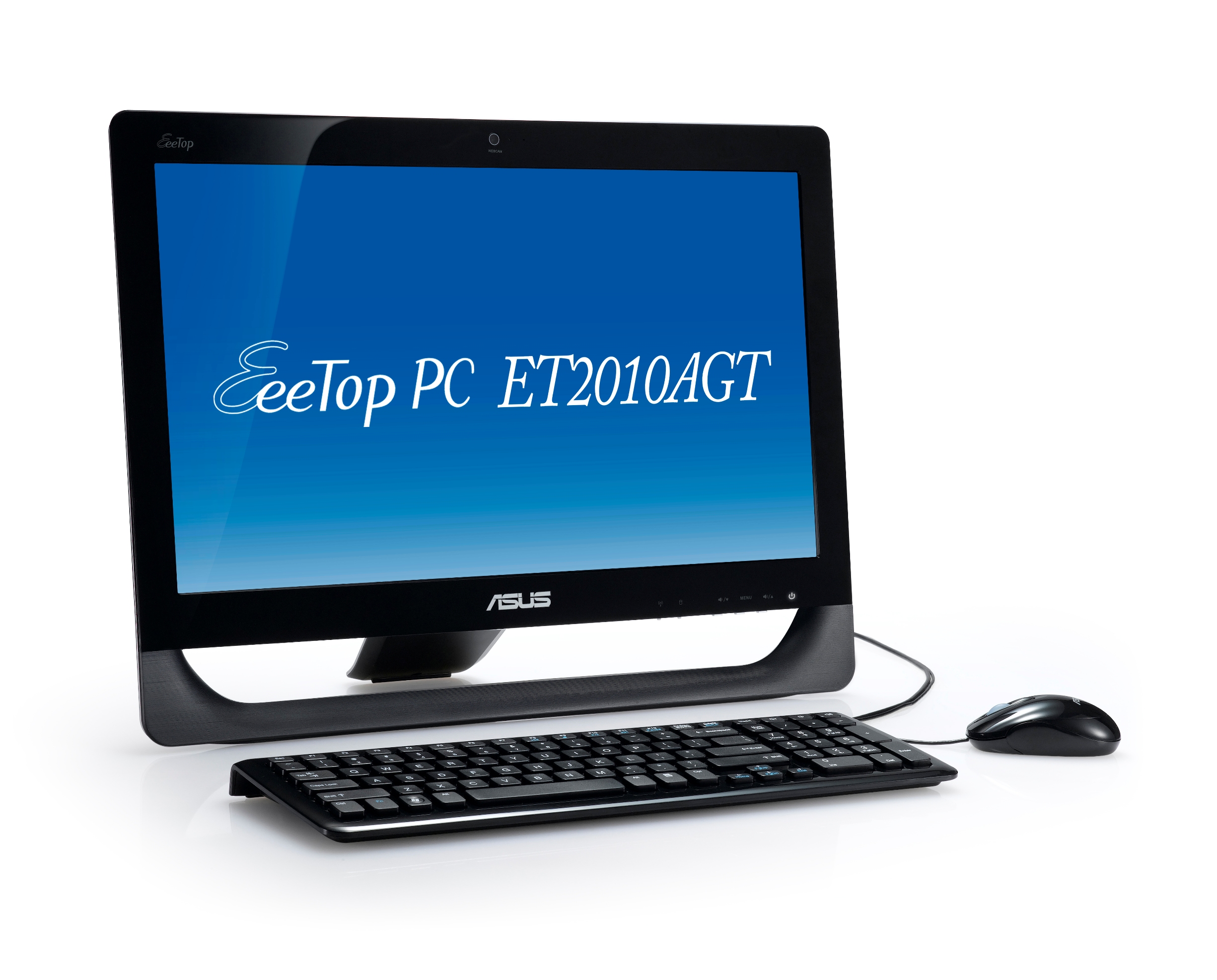Why you can trust TechRadar
Let's start with the ET2010AGT's panel. This isn't a capacitive touchscreen, or even a resistive one. It's optical sensor-based, using a pair located in the top corners of the slightly recessed screen to determine the position of your fingers.
It's pretty effective; the sensors can locate and track two fingers for limited multi-touch support, and while it's possible to get it confused (try placing three fingers on the screen, or hovering your finger just above the monitor to register phantom clicks) you'll be able to take advantage of Windows 7's full (ie. limited) range of finger functions.
The sensor system makes the Eee Top good for the kitchen in that you don't have to use sticky fingers; just grab any vaguely cylyndrical object and use it as a stylus. Heck, use a carrot. Go mad.
The underlying guts of the ET2010AGT are based around an AMD architecture, and are pretty average for the price. You get a full 2GB RAM, which covers you for everything you're likely to tease out of the 1.6GHz AMD Athlon X2 processor.
The full 64-bit version of Windows 7 deals with the operating system side of things, even though the low voltage processor would normally be associated with XP. Thankfully it keeps up with a modern OS just fine. There's a mid-range laptop graphics chipset (an ATI Mobility Radeon HD5470) to deal with games; don't expect miracles, just decent mid-range performance. This isn't a gaming machine, after all.
If this machine had also sported a TV tuner and HDMI in – and the case has holes where such ports could plausibly go, and other models in the range sport the features – it would have been a complete package.
Current page: Asus Eee Top ET2010AGT review: Specifications
Prev Page Asus Eee Top ET2010AGT review: Overview Next Page Asus Eee Top ET2010AGT review: Performance